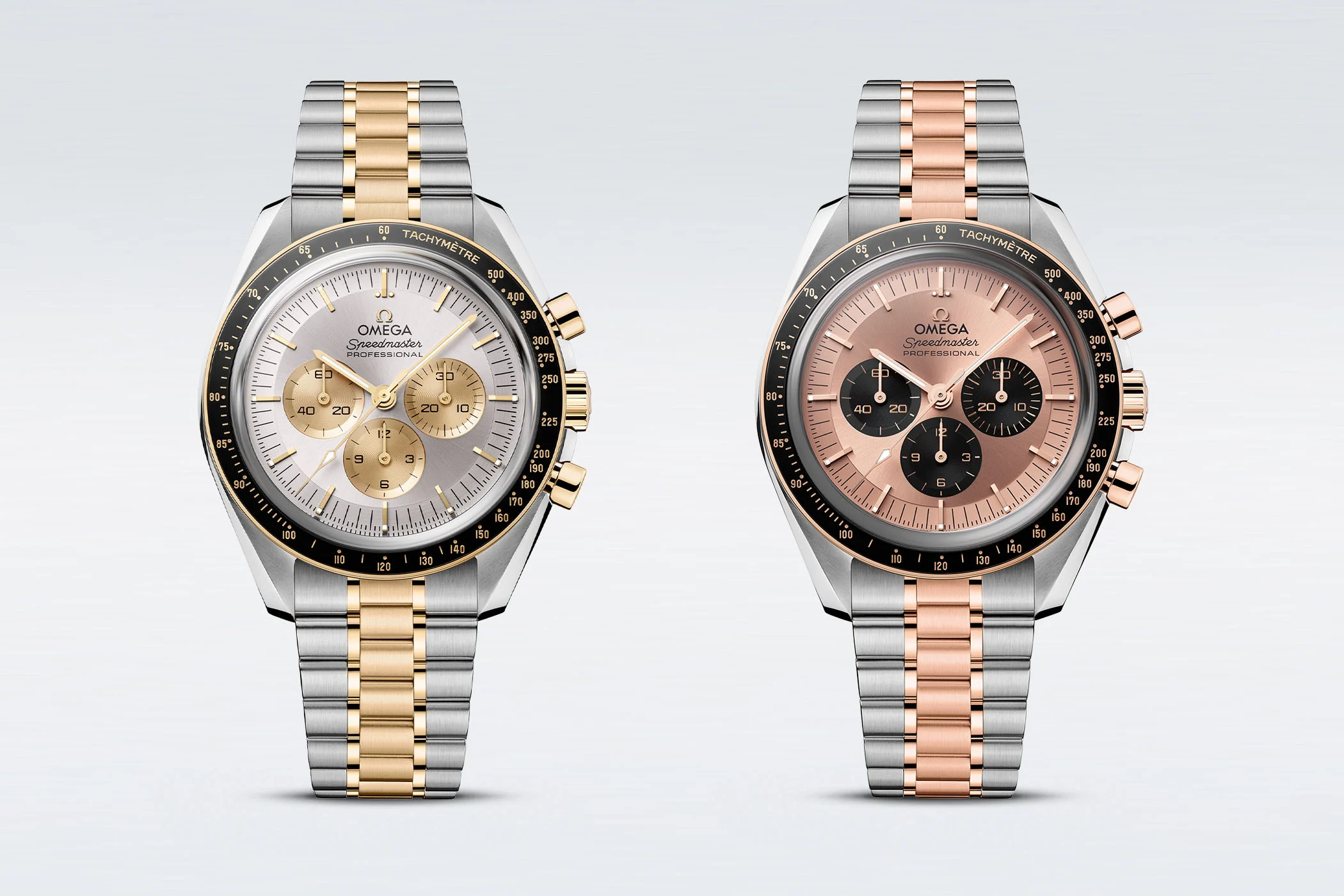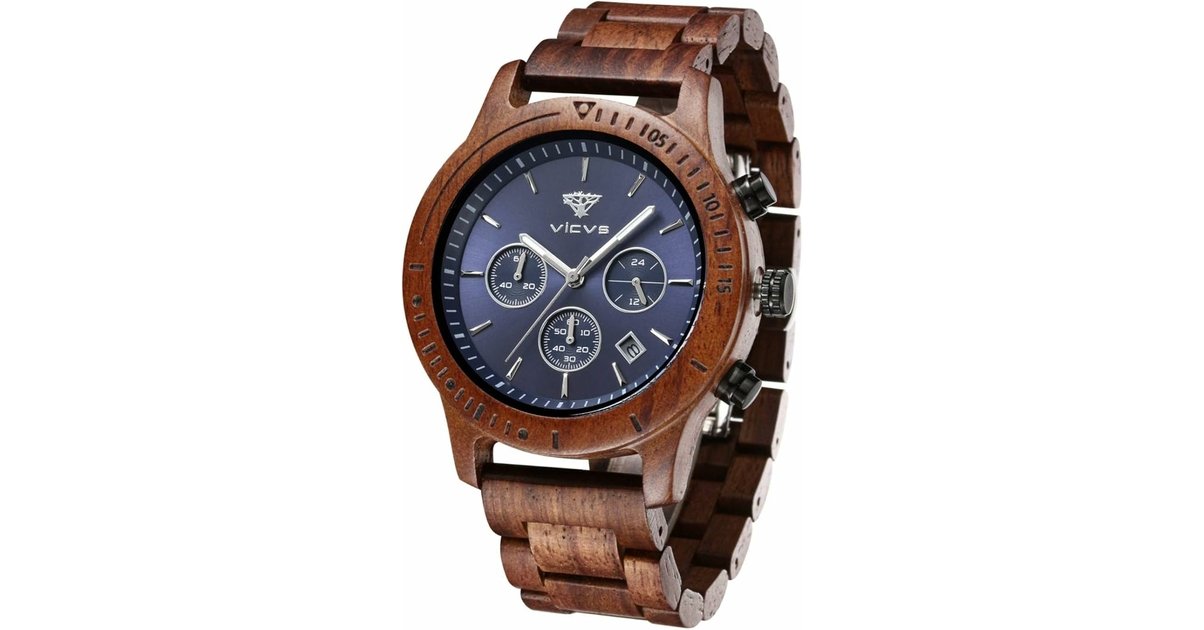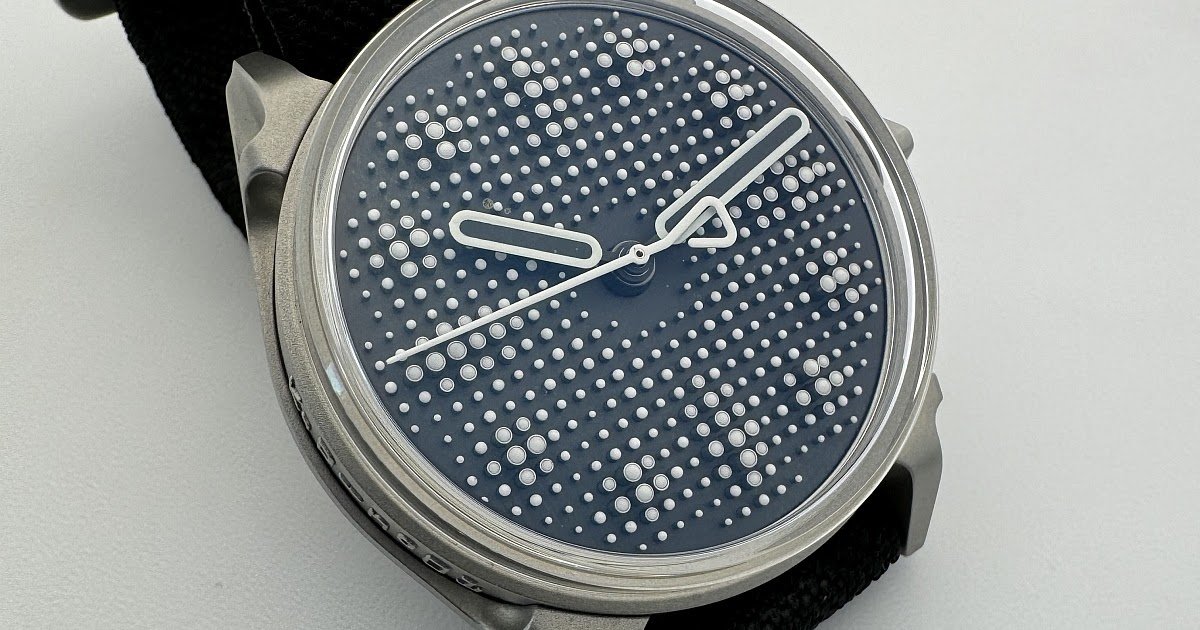Table of Contents
The watch market is flooded with products of varying qualities. When you want to buy a watch, it can be difficult to distinguish good deals from bad choices if you don’t know what criteria to base yourself on. In this article, we will cover some key points to help you recognize a poor quality watch.
The feeling of touch
A good quality watch should have a sensation pleasant to the touch and well distributed weight. If the watch feels light or poorly balanced, this may indicate that the materials used are of low quality or that the assembly was carried out with little care.
Additionally, check if the bracelet is comfortable and easy to adjust. A poorly designed wristband can cause discomfort and harm the user experience.
The reassembly
Mechanical watches require reassembly regularly to continue functioning. The quality of the winding can be a good indicator of the overall quality of a watch.
A good quality watch should provide smooth, snag-free winding, while a poor quality watch might have difficulty winding or even a jamming mechanism.
Manual or automatic winding
Mechanical watches can be equipped with two types of winding mechanisms: manual or automatic. In the case of manual winding, check that the crown turns easily and without excessive resistance.
For a self-winding watch, make sure the rotor moves smoothly and generates enough power to keep the watch running.
The needles
THE needles of a watch are a central element of its design and functionality. To assess the quality of a watch, it is essential to carefully examine the hands. The hands must be perfectly aligned with the indexes and graduations on the dial, and their movement must be smooth and regular.
Hands that are misaligned, unbalanced, or shake when moving are often signs of a poor quality watch.
Hand brightness
The brightness of the hands is also an element to take into account. A quality watch should offer good readability in the dark thanks to luminous hands. If the luminosity of the hands is dim or non-existent, this may indicate that the watch is of lower quality.
The watch mechanism
The internal mechanism of a watch, also called the movement, is one of the most important elements to check when evaluating the quality of a watch. A well-designed and precise movement is essential to ensure proper operation and optimal durability.
The number of rubies
One way to judge the quality of a mechanical movement is the number of ruby that it contains. Rubies are used in movements to reduce friction between rotating parts. The more rubies, the better the quality of the movement.
However, this does not necessarily mean that a watch with a large number of jewels is necessarily of good quality. It is crucial to learn about the movement manufacturer and its track record for quality and reliability.
The finish of the watch
A high-quality watch must have a neat and flawless finish. Carefully examine the dial, case, bracelet and crown for any imperfections. Poor quality watches may have defects such as glue marks, scratches, burrs or poorly fitting parts.
The logo
Finally, take the time to review the logo of the mark on the dial. A poorly printed, blurry or off-center logo can be a sign of poor quality. Serious manufacturers place a lot of importance on the appearance of their logo because it represents their brand image and reputation.
By keeping these key points in mind when evaluating a watch, you will be able to determine whether it is good or poor quality. Do not hesitate to take your time to carefully inspect each watch you are considering purchasing in order to make an informed choice and avoid unpleasant surprises.






